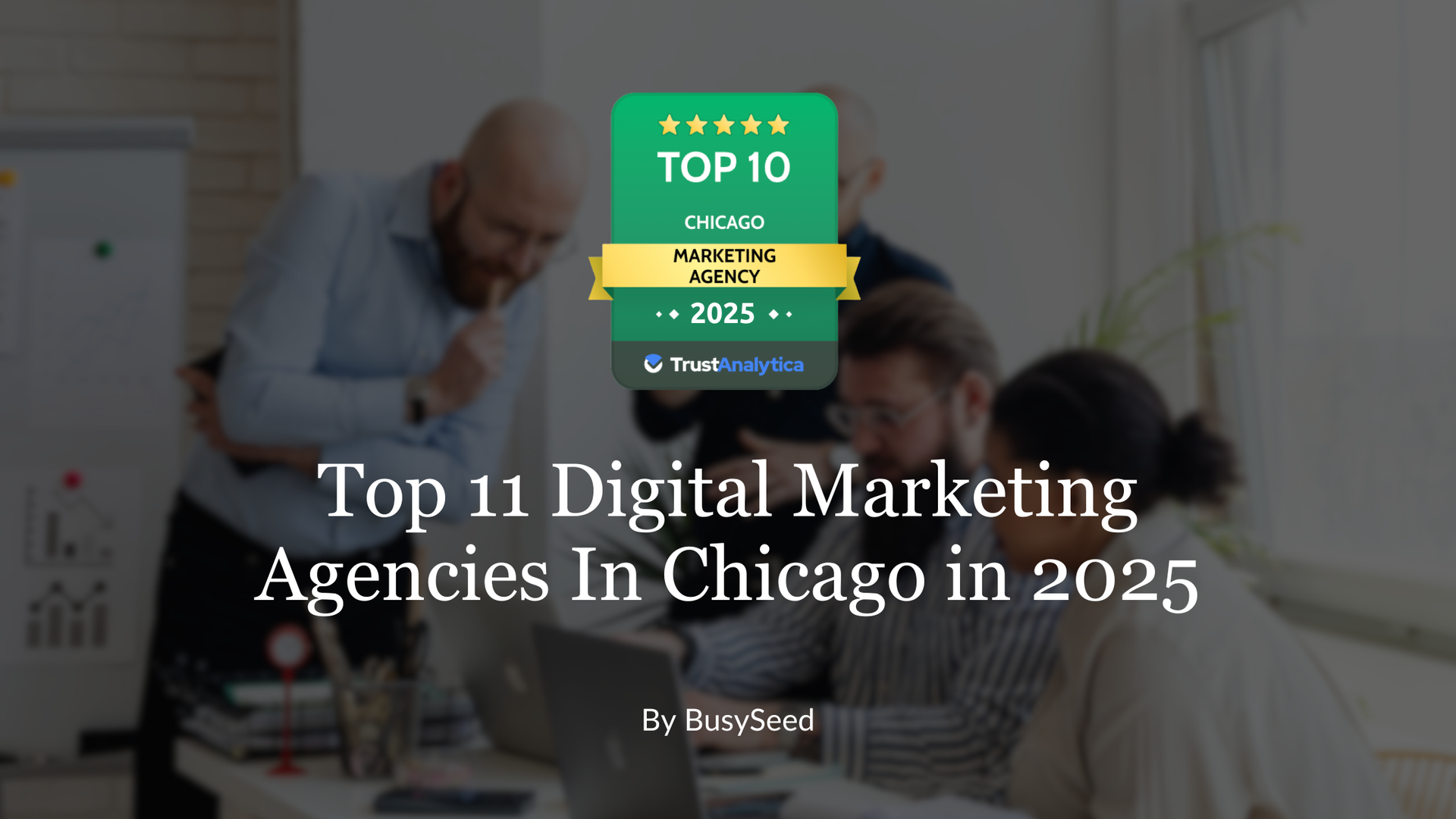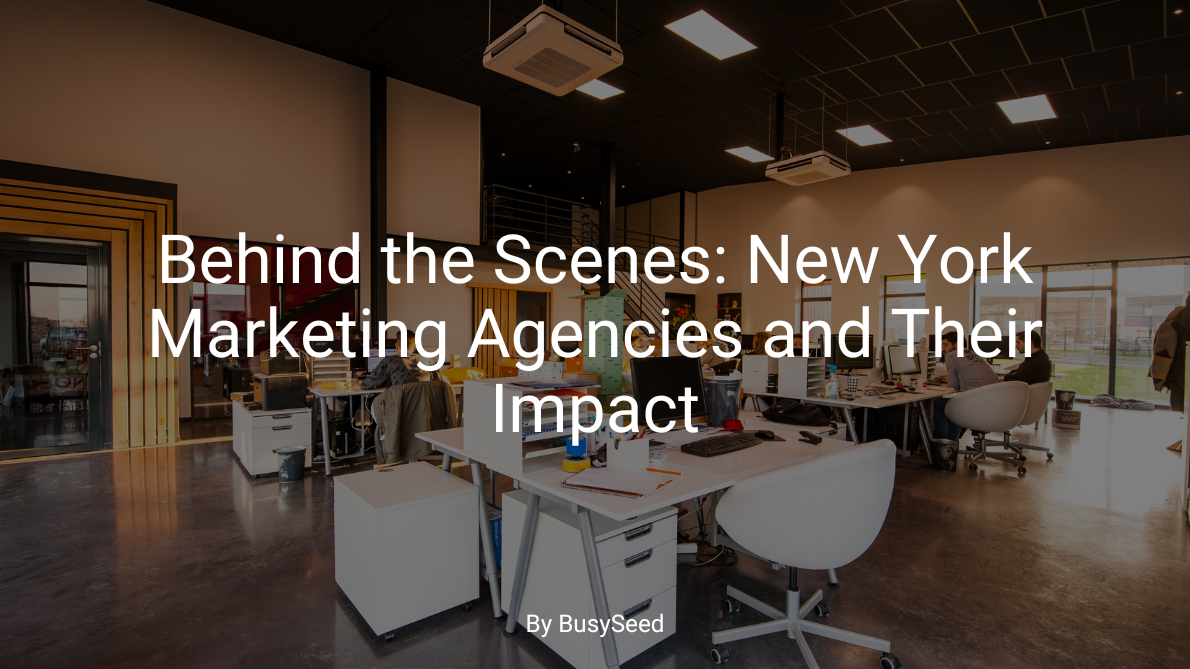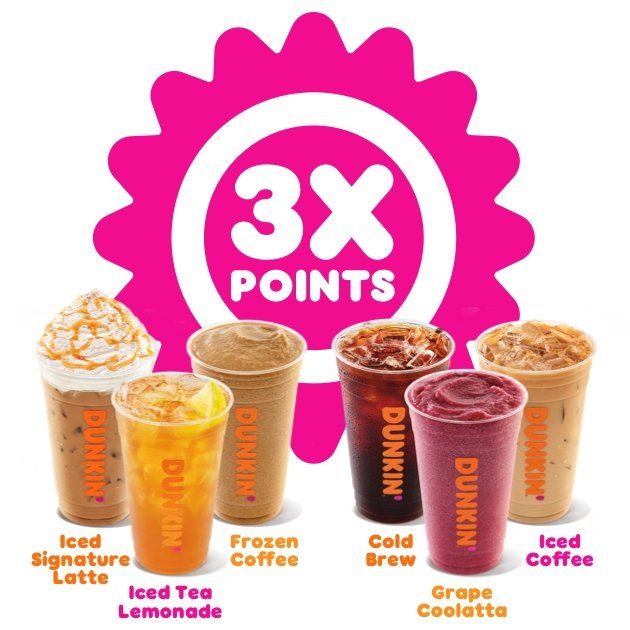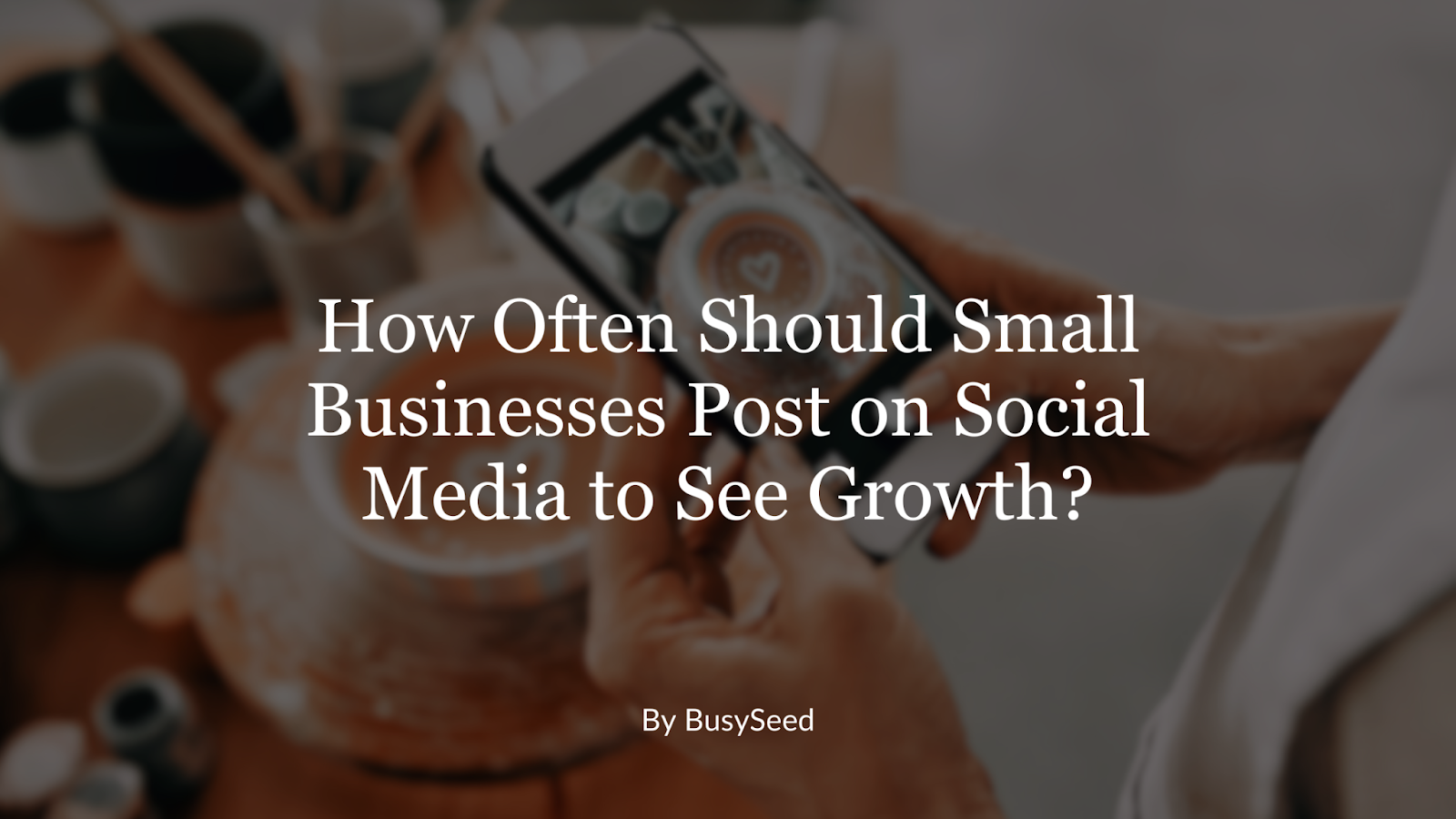Shop To The Top: E-Commerce Trends To Watch For in 2024
E-Commerce is a booming industry. After 2023, there's more competition than ever before. The experts have made predictions for this year, and these are five of the digital marketing trends they see on the horizon.
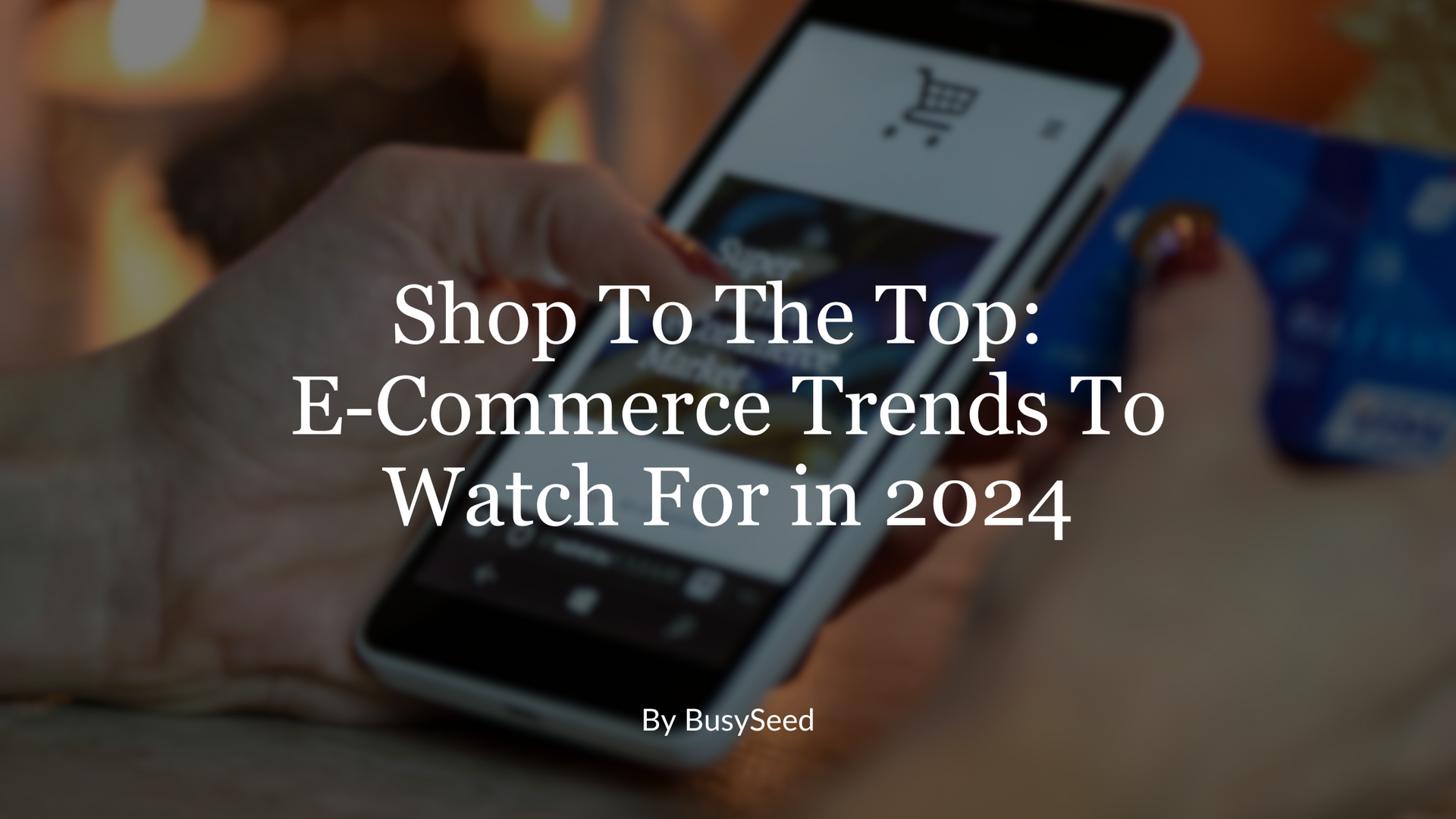
When's the last time you made a purchase via the internet? If you're like most people, it was some time within the last month. By the year 2040, it’s estimated that 95% of all purchases will be through eCommerce (Nasdaq). We saw a record-breaking spike in e-commerce sales in 2020 in response to the COVID-19 pandemic. Stores closed, forcing consumers to flock to the internet to buy what they need. In addition, stores that previously only offered merchandise in-person took business online. E-commerce continues to grow each year, and it's important to stay on top of the successful trends. Here are five to watch for in 2024.
Video Content
If you've read our most recent blogs, you've seen this trend come up quite a lot. Video content is the future of digital marketing. To be clear, videos have almost always out-performed still images on social media, but we're moving towards a video-only realm. All of the major social media platforms are releasing their own take on video content. Instagram has Stories and Reels, TikTok is booming, Twitter introduced Fleets, and more! Short-form videos are the best because consumers are proven to have a short attention span (around 8 seconds). Luckily, video content is extremely conducive to e-commerce businesses! Digital marketing agencies will love to promote your products via video posts. Why? They showcase your product in action so that people can clearly see what it does and why it's beneficial to them. Let's say you sell dresses in your online store. Consumers might be wary of trusting a photo, but a video of the dress being worn will help them get a better idea of the fit and style. While videos can be edited to change body size and proportions, it's much more common in still images where it's simpler to manipulate. For clothing in particular, a video can therefore be used to build trust. However, any product will be easier to sell with a video. Ice scrapers, chocolate bars, toys... whatever it is, consumers would rather see it in action.
More Complex Digital Abilities
Another trend we expect to see in 2024 for e-commerce businesses is utilizing the capabilities of social media and other digital technology. Instagram and Facebook now let you make purchases directly from the platform. On Instagram, you can tag products in photos or videos and lead customers to the site to buy them. On Facebook, you can create a storefront that showcases your inventory on your business page. Some social media platforms offer even more unique options! On Snapchat, you can make a lens that shows off your product. For example, if you're an eyewear brand, you can build a custom filter that will virtually place your glasses onto the customer's face. Websites and apps can be designed with an element of augmented reality where people can "put" the product in their home via their camera, or "try on" clothes with a selfie. These immediate gratification, highly engaging options make customers more likely to browse your page or site. They will also set you apart from competitors and can help you reach new audiences via shares, mentions, lens usage, etc. While these technologies can be time consuming and a bit expensive to set up, the results are well worth it!
Influencers Will Be A Big Deal
To be clear, influencers already are a big deal. That being said, digital marketing agencies are fighting to partner with influencers now more than ever. As we've discussed in past blogs, consumers are much more likely to trust "peers" than they are to trust companies. While celebrities and other influencers are not exactly at the same level as your target market, they have a face, a name, and a real life that followers get to see. In contrast, a brand is a faceless institution who will clearly want to showcase only the best of the brand. Influencers are paid to showcase your product in their social media posts and speak about their experience with them. Fan bases look up to these influencers, and will believe whatever they're told. Therefore, influencers are a powerful marketing tool, especially for e-commerce companies. This is a step up from video content because you can get content showing a well-respected, well-loved celebrity enjoying your product. This can play a major role in future purchase decisions. If Company X works with J-Lo to showcase their hair growth shampoo, they can expected orders to come flooding in once the post goes live. No other type of digital marketing has that type of power. Of course, you need to get in contact with influencers who represent your brand well and are followed by your target demographic. For example:
- Jojo Siwa | Audience: children and teens | Personality: fun, bubbly, childlike, bright, sunny
- Kylie Jenner | Audience: teens and young adults | Personality: go-getter, poised, sophisticated, confident, posh
- Nick Offerman | Audience: young adults, adults | Personality: direct, witty, dry humor, outdoorsy, tough
You'll Have To Get Crafty To Beat The Competition
If you're an e-commerce business in 2024, you're going to need a top digital marketing agency by your side! Retailers that have never before had a digital presence are suddenly on the scene. The global pandemic completely uprooted the industry, forcing companies to navigate the internet and develop e-commerce capabilities. According to Digital Commerce 360, "Online sales accounted for 101% of all gains in retail in 2020. This means sales through all other channels—stores, catalogs and call centers—declined. This is the first time in history that ecommerce sales accounted for all retail sales gains." There's clearly a customer base out there, and stores that were forced to shut down their physical locations jumped online to take advantage of it. Single-location boutiques made websites and launched digital marketing campaigns; tiny startups used social media to draw attention. In a market that was already quite saturated to begin with, more and more competitors have popped up. Your digital marketing agency will need to think outside the box to convince buyers that your product is the best available. You need a clever campaign, unique selling points, creative visuals, and a great product. Digital marketers are finding new ways to catch and keep attention through personalized content, conversational chat bots, hyper-targeted ads, and more. It's all about becoming a unicorn in a field of horses.
Loyalty Programs Are a Must-Have
Lastly, you'll want to keep your sights set on loyalty or rewards programs. In the digital world, these are quickly becoming a must-have option for customers. Loyalty and reward programs offer incentives that are designed to keep customers coming back. Retaining customers is far cheaper than acquiring new ones, so there's an ever-growing focus on retention methods. Common examples of loyalty programs include store credit cards such as Kohls, Target, Walmart, etc. Rewards programs can be point-s based, events-based, or purchase-based. Dunkin Donuts DD Perks members can receive free food or beverage items after they spend x-amount of money. You can also run promotions for new items, holidays, end-of-season sales, etc. Basically, you want to make a program that tells a customer "if you use our app/store card and continue to shop with us, you will get a reward." More and more e-commerce businesses are using this tactic to attract loyalty customers. If you offer them discounts and incentives, they'll be less likely to turn to competitors, even if they have the same products as you. Digital marketing agencies can advise you on ideas for these programs, but only a few will be able to help you actually implement them. There are software companies that specialize in setting up this type of system that your digital agency should help connect you with.
As with all yearly trend, no one is really 100% sure about what's coming down the pipeline. The five trends we've mentioned here seem to be based on sound reasoning, but with the current social climate, it's hard to know what changes we will see in the future. The BusySeed team is well-prepared to handle these e-commerce trends, no matter what products you sell. Contact us today if you want to grow your online business, make more sales, and retain valuable customers. We create a custom services package just for you with everything we feel will be the most beneficial to your business. Call today at (888) 353-1484 to get started!
